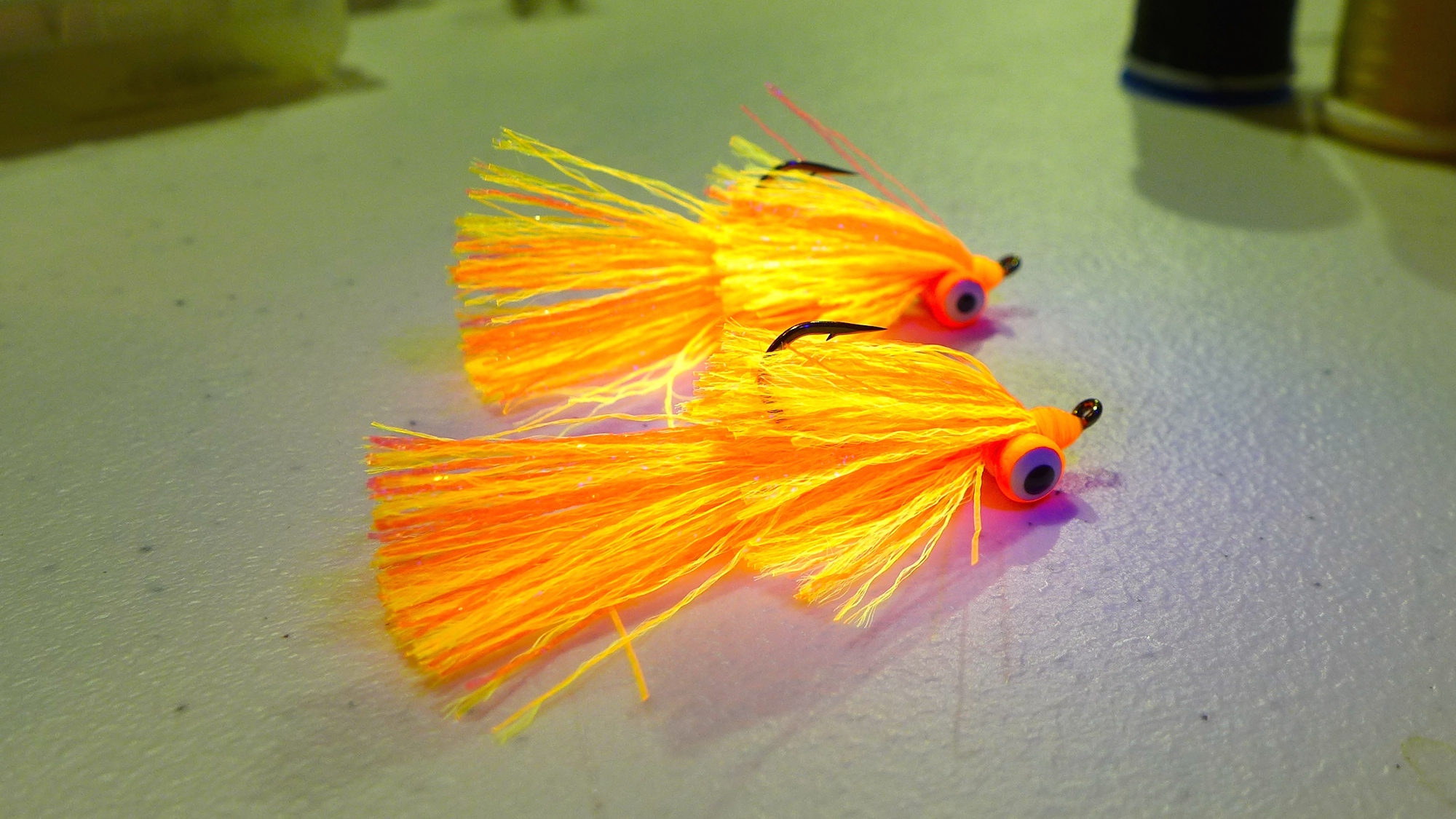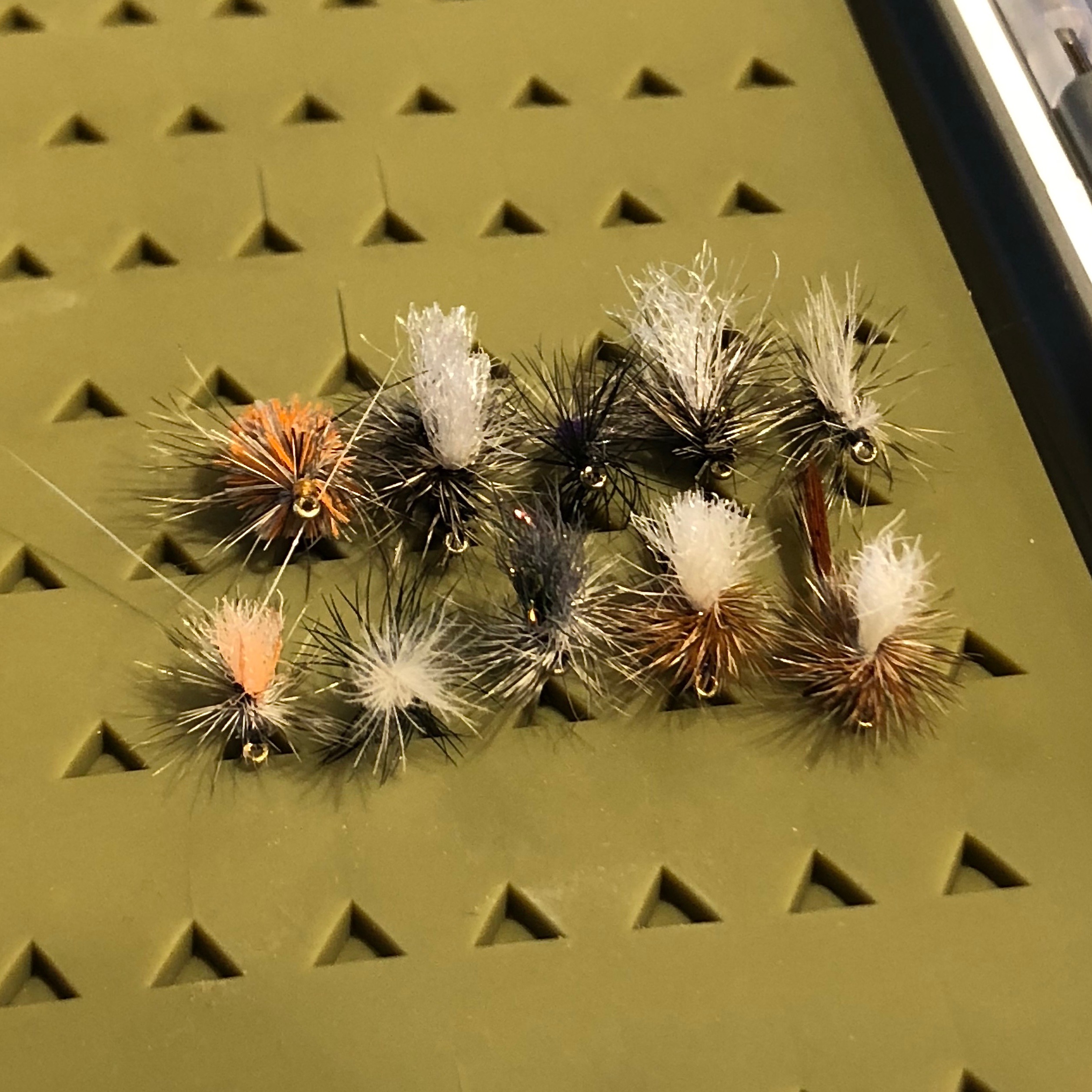DON’T BE AFRAID TO CHANGE
Watching the NLCS this past weekend I had some thoughts stirred up by the unique approach the LA Dodgers took for game 1 and the final game of the NLDS.
What was so exciting was that Dave Roberts, the LA Skipper, upset the apple cart when he did not pitch Urias, the National League ‘s winningest pitcher to start the game. He changed it up. When situations dictate that you not follow the common path, the ordinary road, the common approach.
And it worked. It kept the opposing team on their toes. LA won the final game against SF Giants. They lost Saturday night with an Atlanta walk-off, but were pretty effective until that moment int he bottom of the ninth.
You gotta present your fly the same way. Or sort of.
What we do know is that if you alert the target of your plan, or are sloppy in any way, or do NOT have a plan…you choose to put yourself on a path of failure. Yup. You choose that outcome.You do. The angler.
Think of the batters approach. If most newer dry fly anglers were compared to a MLB hitter, the analogy would be that most anglers go up to the plate and swing wildly at the first 3 pitches. Most anglers continue to swing, cast, wildly, until the fish is long gone. Most anglers have the opportunity to view, to learn about the pitcher, fish, but they choose bot too. How that manifests itself in reality is no fish. The fish will not eat the sly if you go up to the plate and swing wildly with no consideration, for, well for really anything at all.
I have always believed that most anglers posses the skill set to catch the Mo River rising trout. They just choose not too.
Most often the cast is not long. 30′ is awfully common. 40′ can be a distance, and beyond. But most of the trout are caught without 30’ of fly line off the tip of the rod.
When most anglers are asked in the parking lot bar if they can cast 30 feet of fly line, 99% adamantly say YES.
So, if you can cast 30′, WITHOUT SHOOTING LINE, you can can 99% of the Mo River rising trout.
Keeping the MLB batters uncomfortable, or guessing, or dealing with the element of surprise is one way to fool them. The element of surprise is still effective in sports, war, and trout fishing. Specifically dry fly fishing.
So I did learn a few things watching baseball on my couch this past week. I’ll remind myself along with you the HH Blog readers of some important facts about dry fly fishing.
The element of surprise still works. It always works. Signalling the trout that you are near is your first step to not catching said rising trout. Alarming the trout that there is a predator near is not too smart. You immediately go from a positive situation with a 90% success rates and remove 85% of your chance. 5% is not very good odds. Ever. So , if you are sooo damn good that all you need is 5%, then whack away at those fish. As I have stated 10,000 times…
How many shots at a deer do you make before you attempt the kill shot? Huh? How many? 1, 17, 83?
Not one hunter, and according to my conversations most every male to step in my boat is a fantastic shot. A world class dry fly angler. And, the World’s #1 Lover.
But those who are great at hunting practice with their rifle. Or their shotgun. Spending time at the range. Shooting cases of shells at either skeet or sporting clays.
Is that you? Practicing. Seeing your golf pro. Spending time on the front end of your hunt to make sure you are successful when the big buck fills your scope is something that almost every hunter does.
You ever spend time with your fly rod in the back yard? At the park? See a casting instructor? Those that do, and those individuals are rare, catch waaaay more than those who don’t. Those who don’t do not fare well here on the Mo. Or anywhere on any river in dry fly situations for that matter.
I do speak with anglers that are surprised with their lack of dry fly success? Then I ask some pointed questions and realize that if you do not spend time with your fly rod outside of the fishing game, you will not catch many. You just do not put yourself in successful situations.
Would you go into a work presentation without doing some front end prep? I bet you don’t.
So a few observations of a successful dry fly angler…
- If you scare the fish with wild casts that you guess, without approaching like an angler who wants to catch the trout, you will not be successful. Most anglers toss the fly in towards the fish, without measuring, without understanding the drift, without any consideration for the situation do not catch many trout, or none.
- Landing your fly near the fish by smacking it down, or going long, or dragging the fly across the targets head is analogous to a Cadillac falling from the sky landing in the water 9′ from you.
- If you think that you will get better as a dry fly caster, by nymphing or steamer fishing, you are wildly incorrect. You get better as a dry fly caster by practicing at home, seeing a casting instructor, or spending lots of time with a fly rod in your hand. And what I mean by lots of time is not 3 days annually. Or even 10 days bobber fishing. Nope. Never.
- If you think dry fly fishing on freestone rivers with a grasshopper shooting line blind casting towards the bank is like/similar to dry fly fishing on the Missouri River, or Henry’s Fork, or Silver Creek, or the Delaware…you are 1000 miles from the truth.
- Not having a plan for every rising trout on the Mo is a quick way to failure.
- If you have to shoot line to cat 25′-30′, you need lots more practice at home, before you come.
- if you think that you can get better by casting while the rower is moving rapidly to the next location, you do not understand that game at all. Do you make practice swings from the golf cart in-between shots? Do you? Would that help?
- If you finish your casting stroke with your rod tip parallel to the water, you will never be an accurate caster. Ever. Ever. Ever. Ever.
- If you do not believe that the casting stroke is a physics equation…if you believe that you can add some of your own kind of talent to the cast, if you believe that the casting stroke changes because it is blowing 3mph, or 5mph, then you did not do well in Physics class. You certainly will not do well in dry fly accuracy and distance. The rules of physics do not change. Ever, ever, ever, ever.
Bottom Line: Dry fly fishing to specific rising trout, Headhunting, in difficult multi-current line down and across slack line presentations at 30′ is not for sissies. Not at all. And that is what we have here on the Mo.
- Sure, you can blind fish a dry fly here with great success. That is not what I am speaking about today. Big fish come on blind casted caddis downstream shooting line with the boat perpendicular to the current…it happens, and is a damn fine technique for those on the way to what I am talking to you about today.
- But if you are interested in casting at technical rising trout with orange colored beaks, you should execute practice time. Not while fishing. Practice happens before you arrive.
- A positive attitude, and an understanding of what skill sets you need to employ while dry fly fishing here, and patience is imperative
- Patience is a skill set that every dry fly angler possesses. I have not met any great dry fly anglers who like to rush right in and guess the distance, the drift, etc. None. Not one.
If you answered yes to any of the bullets above, then you will truly enjoy the reading tomorrow. A classic updated article called How to Approach Like a Pro.
Slow down. Approach quietly. Understand trout behavior. Chill. Watch often. Cast less.
Happy Monday to all of you out there in the US of A. Fishing is pretty good here right now. It will continue for the foreseeable future, like til Turkey Day. If you need a nudge, this is you’re nudge.





2 Comments.
Good idea. I will change my launch angle.
Unfortunately, the fish have been playing a shift on me for 50 years and I can’t adjust.
Love it Steve! Great analogy!